forum
library
tutorial
contact

A Last-Ditch Effort to
Save Snake River Sockeye
by Courtney Flatt
Oregon Public Broadcasting, August 3, 2015
|
the film forum library tutorial contact |

|
A Last-Ditch Effort to
by Courtney Flatt
|
With high temperatures and low snowpack becoming more and more common
officials are viewing this year's crisis as a potential window into the future.
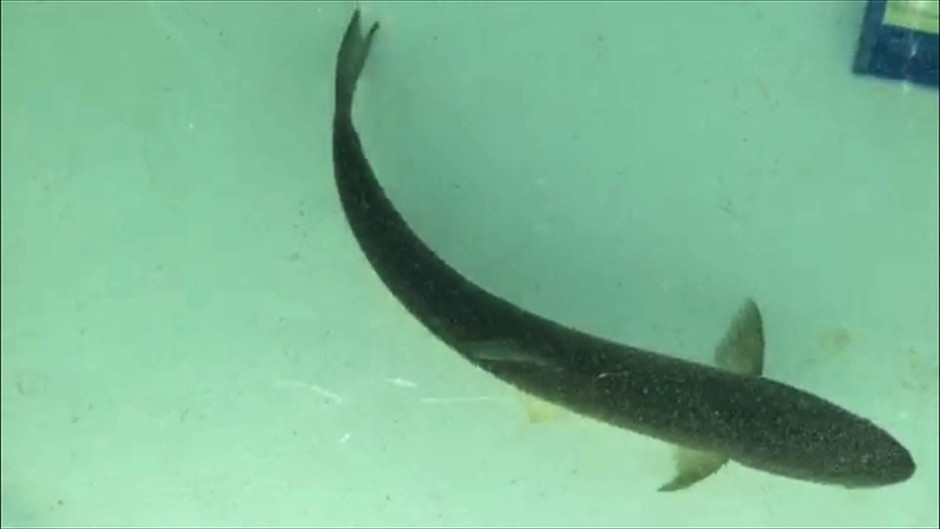 This year was supposed to be one of the biggest returns in 40 years for the endangered Idaho sockeye salmon. But it's not turning out that way. Only a fraction of these fish have survived their journey up the Columbia and Snake rivers. The biggest problem: warm waters. Now dam and fish managers and tribes are in a race against time to save the few remaining fish.
This year was supposed to be one of the biggest returns in 40 years for the endangered Idaho sockeye salmon. But it's not turning out that way. Only a fraction of these fish have survived their journey up the Columbia and Snake rivers. The biggest problem: warm waters. Now dam and fish managers and tribes are in a race against time to save the few remaining fish.
In 1992, only a handful of sockeye survived the deadly journey to the Central Idaho's Sawtooth Basin. Getting there requires an upriver swim of roughly 900 miles past eight dams and countless predators. The endangered Snake River sockeye had been slowly recovering before this year. This was supposed to be the best run yet for this imperiled fish. But then drought delivered another blow: really warm water.
Fisheries officials say hopes are dwindling fast for this Snake River sockeye run.
"It's disappointing," said Ritchie Graves, with NOAA Fisheries. "We've gone from a situation which would have been viewed as really successful, to just hanging on to the pieces we can keep."
Warm waters have been a problem for salmon all over the Northwest this summer. Perhaps the most dramatic situation is on the Lower Snake River, where a large team is working to save the river's few remaining sockeye. It's a last-ditch effort that's taken a lot of time, and fish managers say it's all worth it. Lower Granite Dam is the last major hurdle for Snake River sockeye salmon. Fish managers had expected more than 4,000 sockeye in the Snake River run, but the actual count so far is less than 400.
Workers are trapping fish and trucking them past dangerously warm water to Eagle Fish Hatchery, outside Boise, Idaho -- sometimes two fish at a time.
It's a hurry-up-and-wait game. Workers stare into a window that gives an underwater view of the dam's fish ladder, looking for a sockeye to swim by.
Once a fish is spotted, everyone breaks into action to trap it, said worker Elizabeth Holdren, who showed how the trap works.
After opening the gates, the sockeye falls into a large metal bin. Workers gently slide it into what's called a fish taxi, essentially a sockeye-sized blue bag.
Then it's a quiet trip down a flight of stairs and into an Idaho Fish and Game tanker truck. The whole handling process is quick -- it takes about a minute -- to minimize the fish's stress.
(watch video at original site)
Ann Setter, a fish operations biologist with the Army Corps of Engineers, said she is excited to see a healthy sockeye reach the final stretch in its journey home.
"It's amazing with the conditions in-river that we've had, that this far up the river we can see a fish that's in this good of condition," Setter said. "Very nice to see."
By one recent count, 46 sockeye have been trapped at Lower Granite Dam since mid-July. So far, every one of those fish has survived the eight-hour trek to the Idaho hatchery.
Russ Kiefer, a fisheries biologist with Idaho Fish and Game, has gone as far as snorkeling in cooler waters to search for sockeye.
"We thought it was appropriate for this unique and endangered population to put this effort in to save those fish that we could," Kiefer said.
The good news for sockeye: One fish has made all the way back to the cooler waters of Central Idaho's Sawtooth Basin.
Fish managers are holding out hope that more will return than the handful that made it back to the basin in 1992, the last time Idaho's sockeye salmon began to come back from the brink of extinction.
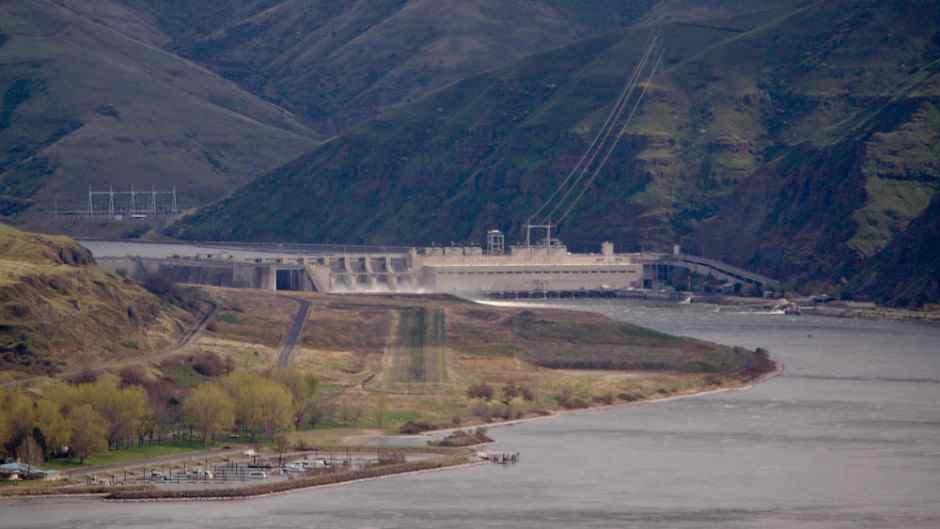
Related Pages:
Sockeye Arrives at Stanley Despite Warm Water by Associated Press, Teton Valley News, 7/29/15
Salmon Dying by the Thousands in Hot U.S. Rivers by Ted Ranosa, Tech Times, 7/29/15
First Sockeye of Year Returns to Redfish Creek Despite Hot Rivers by Rocky Barker, Idaho Statesman, 7/28/15
Why Are Thousands of Migratory Salmon Dying Before They Can Spawn? by Courtney Sherwood, Christian Science Monitor, 7/27/15
Biologists Bring Sockeye into Idaho on Trucks to Get Them Out of Hot Water by Rocky Barker, Idaho Statesman, 7/17/15
Sockeye Salmon Suffer Infections in Warm Columbia River System by Rich Landers, Spokesman-Review, 7/17/15
Half of Columbia River Sockeye Salmon Dying Due to Hot Water by Associated Press, The Oregonian, 7/18/15
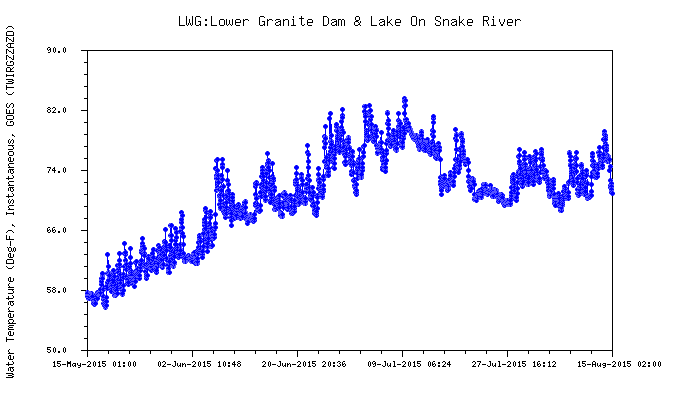
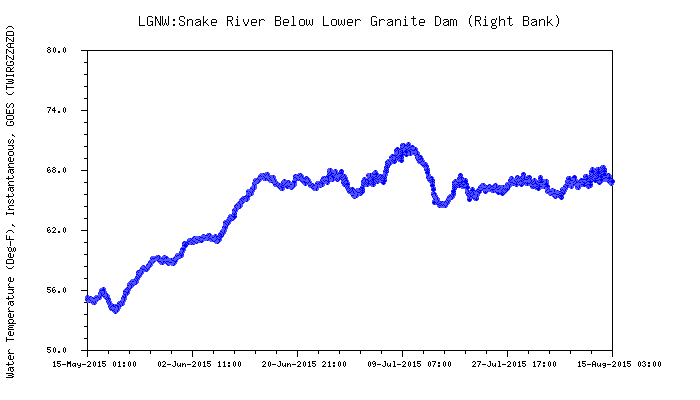
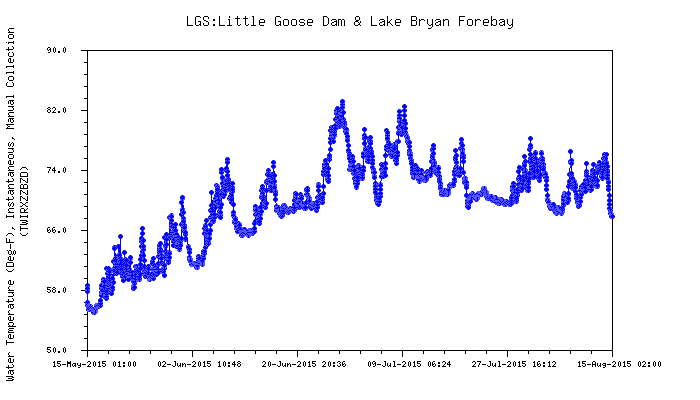
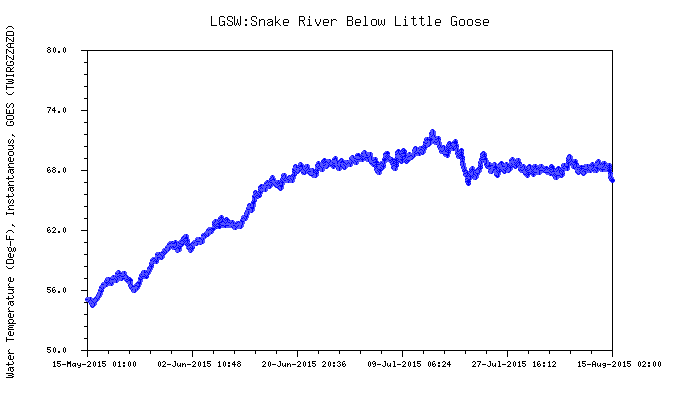
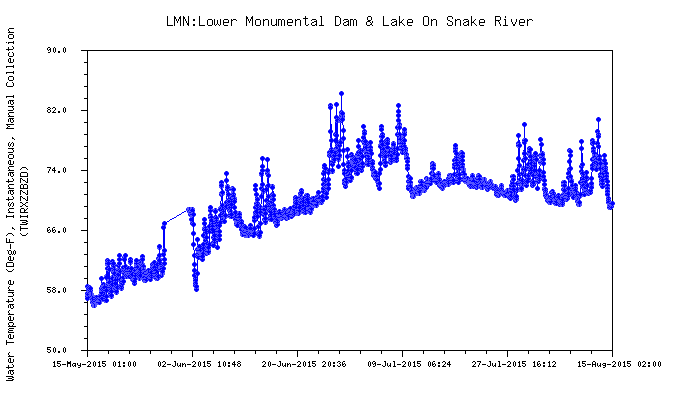
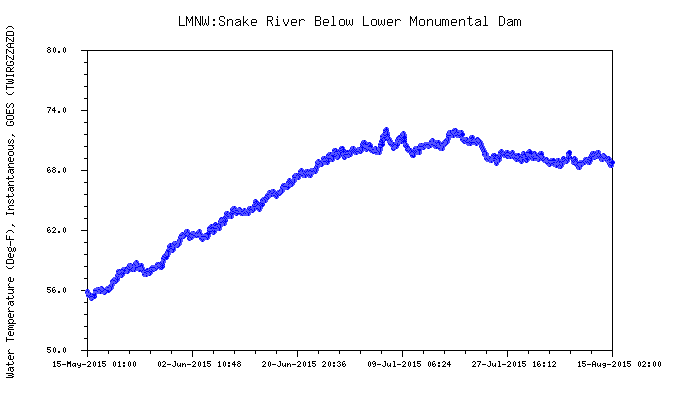
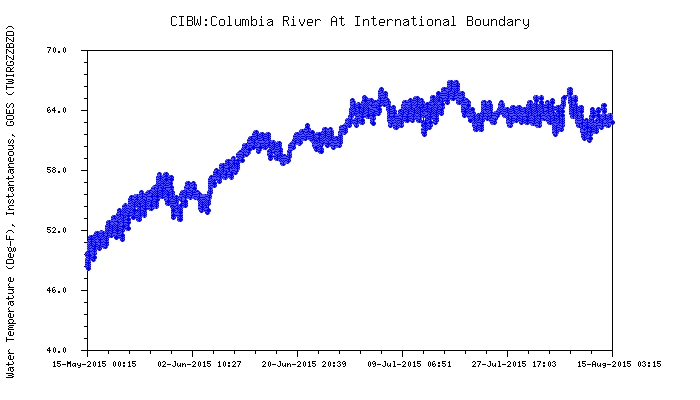
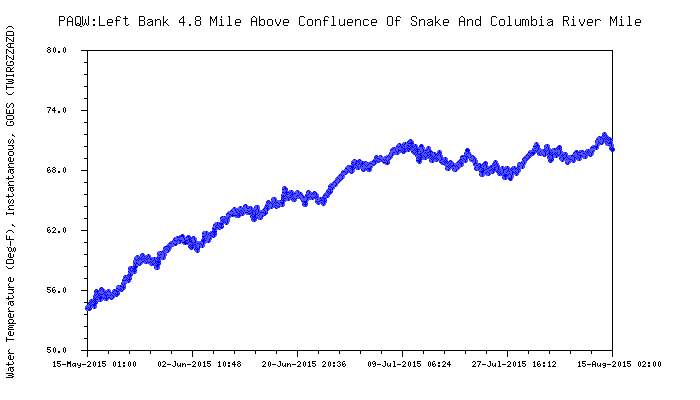
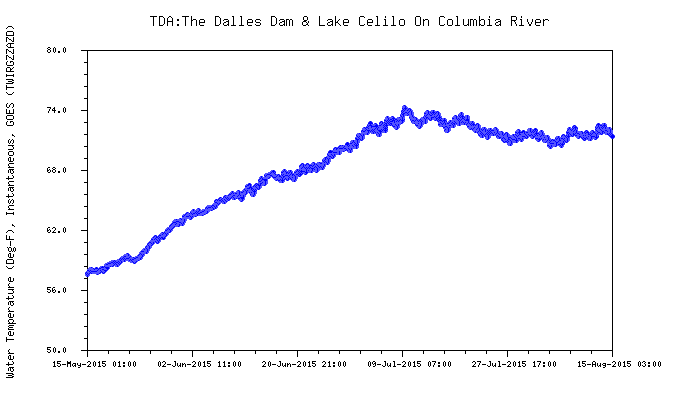

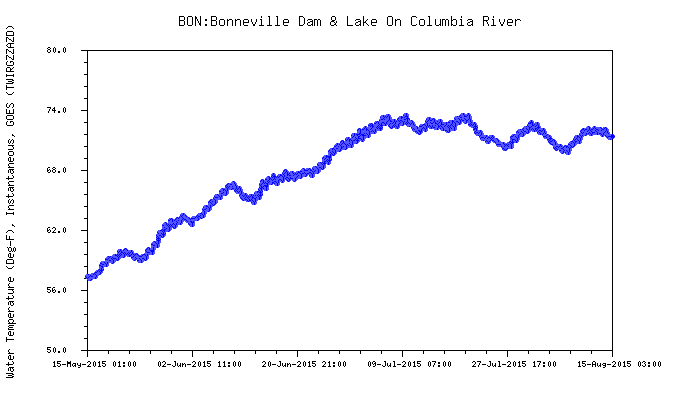
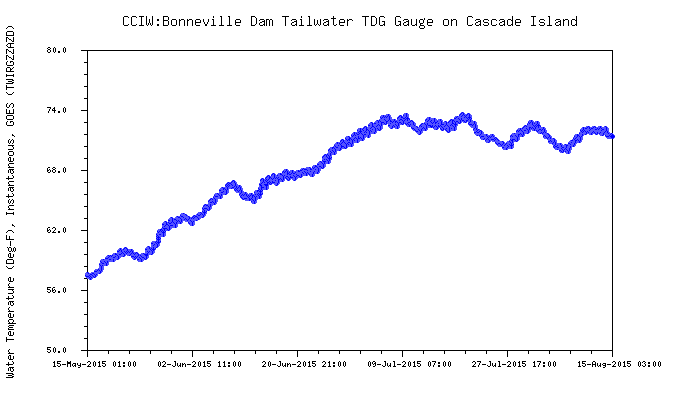
learn more on topics covered in the film
see the video
read the script
learn the songs
discussion forum
